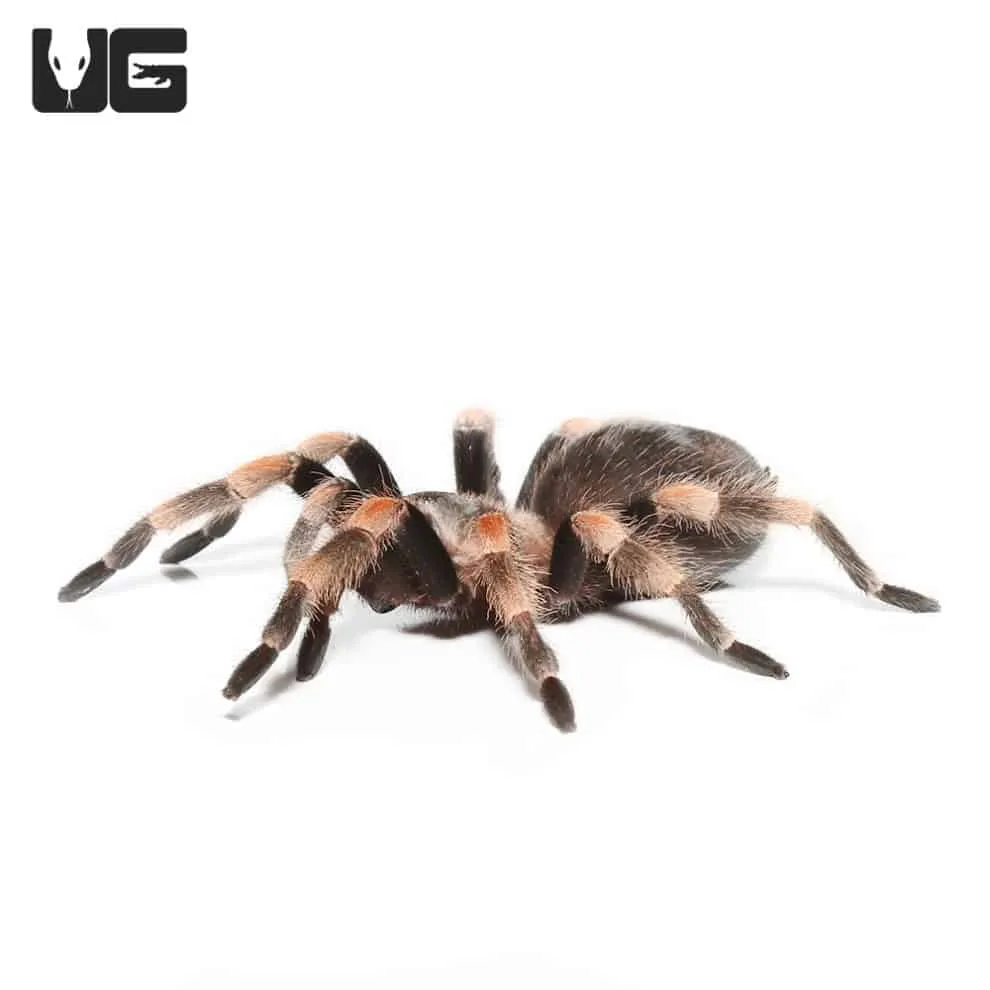Choosing the Right Mexican Red Knee Tarantula Enclosure
Setting up the perfect Mexican Red Knee Tarantula enclosure is the first and most critical step in ensuring your pet’s health and happiness. The enclosure acts as the tarantula’s home, providing shelter, a place to hunt, and a comfortable environment to thrive. A well-designed enclosure not only caters to the spider’s needs but also enhances your viewing pleasure, allowing you to observe these fascinating creatures in a safe and aesthetically pleasing setting. There are several factors to consider, including size, material, and ventilation, all of which contribute to the overall well-being of your Mexican Red Knee Tarantula. Failing to provide a suitable enclosure can lead to stress, poor molting, and even health issues for your pet. Therefore, careful planning and selection are essential for the longevity and prosperity of your tarantula.
Enclosure Size Guidelines
The size of the enclosure directly impacts the tarantula’s comfort and behavior. A too-small enclosure can restrict movement, while a too-large one might make it difficult for the tarantula to find food and feel secure. Generally, the enclosure size should be proportional to the tarantula’s leg span. For adult Mexican Red Knee Tarantulas, a terrarium that is approximately 10-20 gallons is usually sufficient. The dimensions should allow for ample floor space and a reasonable height for the substrate and any decorative elements. The enclosure should be wider than it is tall as tarantulas are terrestrial and prefer more ground space. The enclosure’s dimensions directly relate to the tarantula’s overall health, well-being, and ability to live a natural life.
Adult Tarantulas
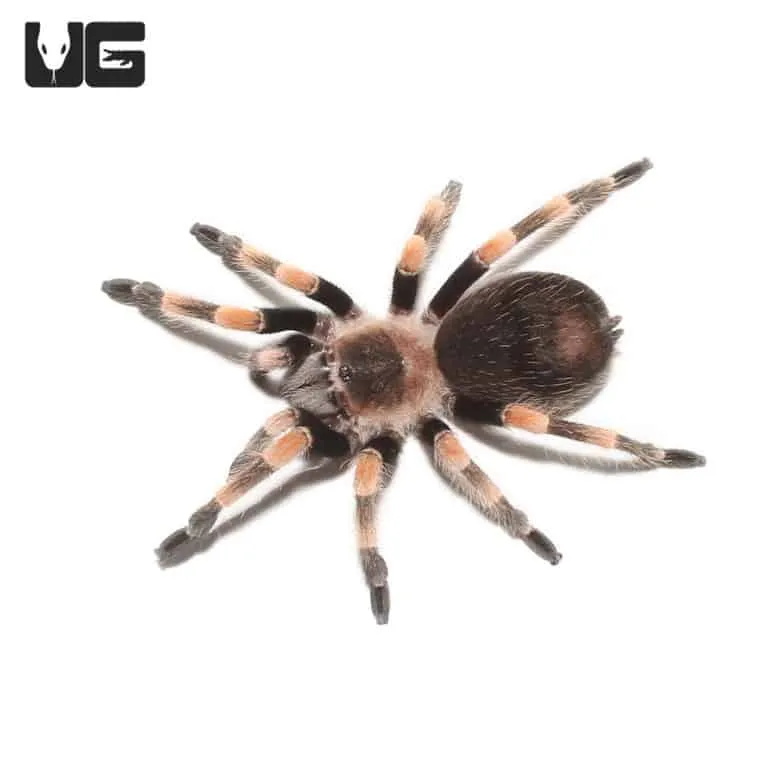
For adult Mexican Red Knee Tarantulas, which can have a leg span of up to 6 inches, a minimum floor space of 12x12 inches is recommended, with a height of at least 8-12 inches. This allows the tarantula to move around comfortably, establish a territory, and have enough space for a hide and water dish. Overcrowding can lead to stress, aggression, and potential cannibalism, particularly during feeding times or molting.
Juvenile Tarantulas
For juvenile tarantulas, a smaller enclosure is often preferable to make them feel more secure. A deli cup or a small terrarium of approximately 6x6x6 inches is suitable for smaller individuals. As the tarantula grows, it’s essential to upgrade the enclosure size gradually. This prevents the spider from feeling overwhelmed and provides them with adequate space as they mature. Regular monitoring of your tarantula’s growth is crucial to ensure that it has enough space to thrive and remain stress-free throughout its development. This means checking for signs of overcrowding or other environmental issues.
Enclosure Material Options
The material of the enclosure is another crucial factor to consider. The choice will affect both the tarantula’s well-being and ease of maintenance. Several options are available, each with its advantages and disadvantages. These materials affect the enclosure’s ability to retain humidity, visibility, and overall durability. When choosing an enclosure material, consider ventilation, visibility, and durability, prioritizing the health and safety of the tarantula. The right material will contribute significantly to a stable and suitable environment.
Glass Terrariums
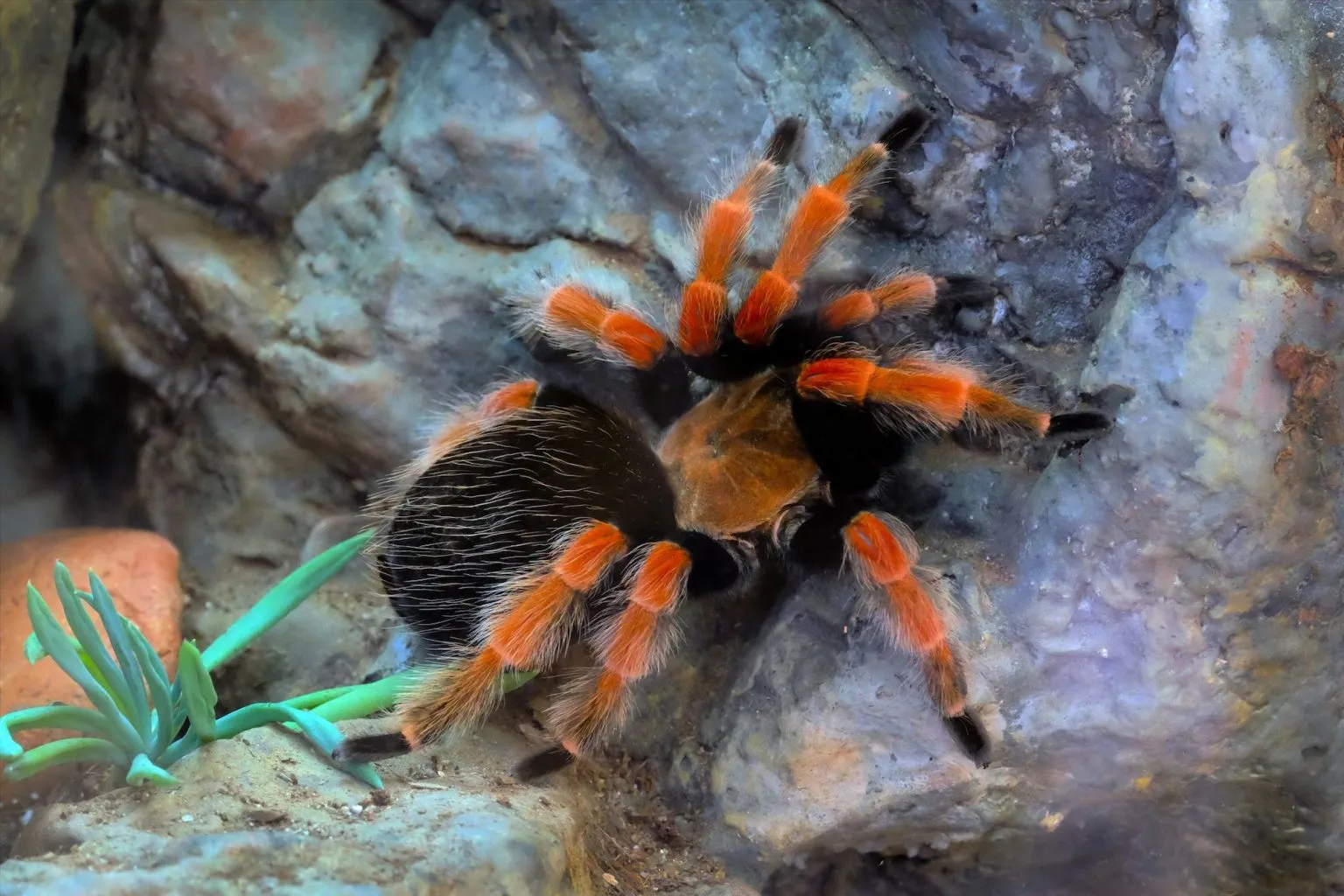
Glass terrariums are a popular choice due to their clarity and ability to retain humidity. They offer excellent visibility, allowing you to observe your tarantula easily. Glass is also easy to clean and sanitize. However, glass terrariums can be heavy, and the lack of ventilation can be an issue if not properly managed. Ensure the enclosure has adequate ventilation, such as a screen top, to prevent excessive humidity buildup, which can lead to mold growth and respiratory problems for the tarantula. Furthermore, glass can break, posing a potential hazard to both the tarantula and the owner. It is important to choose high-quality glass and handle it with care.
Acrylic Enclosures
Acrylic enclosures are another excellent option. They are lighter than glass, more durable, and provide excellent visibility. Acrylic also has superior insulation properties, helping to maintain a stable temperature within the enclosure. Acrylic is less prone to breaking and is generally safer. However, acrylic can scratch easily, so it’s essential to avoid abrasive cleaning methods. Ensure that the acrylic enclosure has proper ventilation to prevent excessive humidity build-up. Acrylic also tends to be more expensive than glass. Despite the potential drawbacks, acrylic enclosures are a good choice if you prioritize safety and durability.
Ventilation is Key
Proper ventilation is crucial for maintaining a healthy environment within the enclosure. Good ventilation prevents the build-up of excessive humidity, which can lead to mold growth and respiratory problems. Inadequate ventilation can also lead to a stale environment, which is detrimental to the tarantula’s health. Most enclosures have a screen top or side vents to allow air circulation. The design of the ventilation system should be such that it allows for airflow without compromising humidity levels. This balance is essential for the tarantula’s health and well-being.
Setting Up the Substrate for Your Tarantula
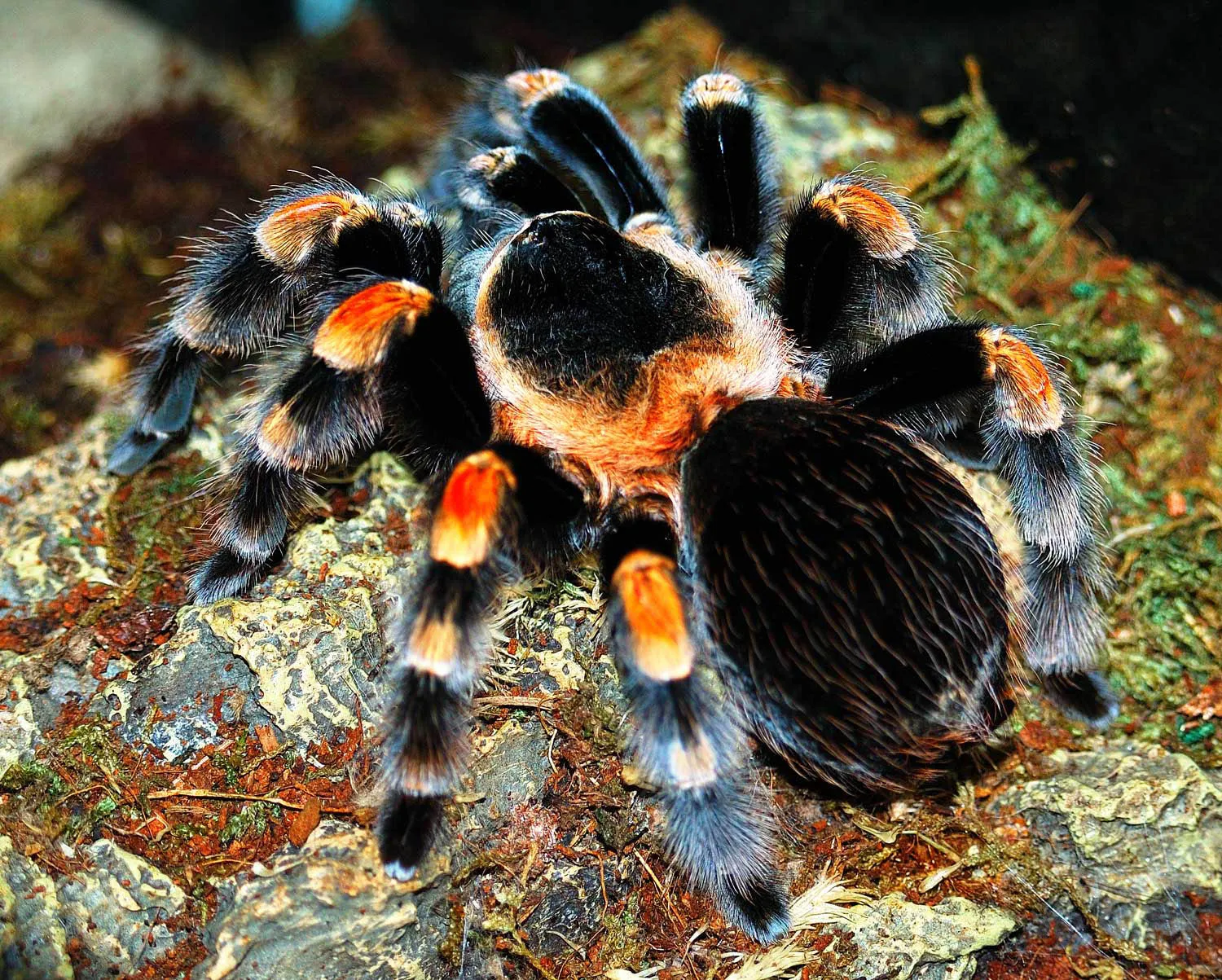
The substrate is the layer of material at the bottom of the enclosure. It serves multiple purposes: providing a comfortable surface for the tarantula to walk on, helping to maintain humidity levels, and allowing the tarantula to burrow, which is a natural behavior for some species. The substrate choice significantly impacts the overall environment within the enclosure. The right substrate not only promotes the tarantula’s health but also enhances the aesthetic appeal of the enclosure. The selection of the substrate involves balancing moisture retention, drainage, and safety for the tarantula. Choose a substrate that meets these criteria for the well-being of your pet.
Best Substrate Options
Several substrate options are available, each with its benefits. The ideal substrate should be absorbent, hold moisture, and be free of harmful chemicals or additives. Coconut fiber, peat moss, and a mixture of these with other materials are popular choices. The substrate should also be deep enough to allow the tarantula to burrow if it’s a species that engages in this behavior. The substrate depth should be approximately equal to the tarantula’s leg span to provide it with the necessary enrichment to express its natural behaviors. It is crucial to choose a substrate suitable for the specific species of tarantula, as different species have different needs.
Coconut Fiber
Coconut fiber, also known as coco coir, is a widely used and excellent substrate. It’s highly absorbent, holds moisture well, and is relatively inexpensive. Coconut fiber also provides a natural look and feel to the enclosure. The material is also naturally resistant to mold and mildew, which reduces the risk of health issues. When using coconut fiber, make sure to rinse it thoroughly to remove any dust or salt before adding it to the enclosure. The substrate should be kept damp, but not soaking wet, to maintain the desired humidity levels. The ease of maintenance and beneficial properties make coconut fiber a great choice for tarantula enclosures.
Peat Moss
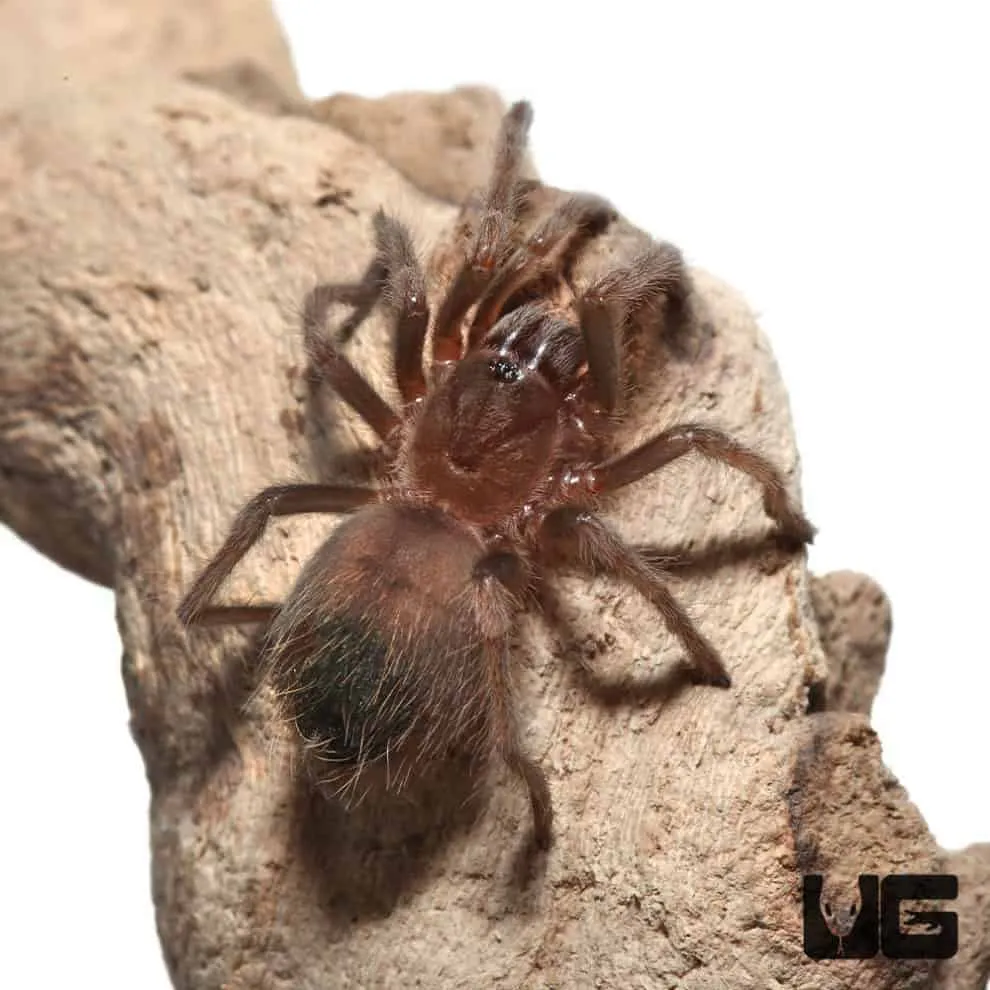
Peat moss is another popular substrate option that is effective at retaining moisture and providing a natural environment for the tarantula. Peat moss, which is made from partially decayed plant matter, offers excellent moisture retention and can also help to maintain the desired humidity levels. Be sure to moisten the peat moss regularly, as it can dry out if left unmaintained. It is important to note that peat moss can sometimes be dusty, so it’s best to rinse it thoroughly before using it. Consider mixing peat moss with other substrates, such as coconut fiber, to improve drainage and add extra diversity to the enclosure. Its natural look and moisture-retention properties make it a good choice for tarantula enclosures.
Adding Hides and Decor
Adding hides and decorations to the enclosure provides the tarantula with enrichment and security. Tarantulas are often shy creatures, and providing them with places to hide helps reduce stress and allows them to feel safe. Hides and decorations also create a more naturalistic environment, which can contribute to the overall well-being of the tarantula. The right decorations can simulate the tarantula’s natural habitat, encouraging more natural behaviors. The choice of hides and decor is directly related to the tarantula’s psychological comfort.
Naturalistic Hides
Naturalistic hides, such as pieces of cork bark or driftwood, are excellent choices for tarantula enclosures. They provide a natural look and feel to the enclosure and offer a secure place for the tarantula to retreat. Cork bark hides are particularly popular, as they provide a rough surface that the tarantula can easily grip. Driftwood also provides a natural aesthetic and can be used to create tunnels and other hiding spots. Ensure that any natural hides are free from pesticides or other harmful substances. Placing a hide on the substrate provides your pet with a secure space where it can molt and relax. Natural hides are both attractive and provide functional benefits, making them perfect for the enclosure.
Artificial Hides
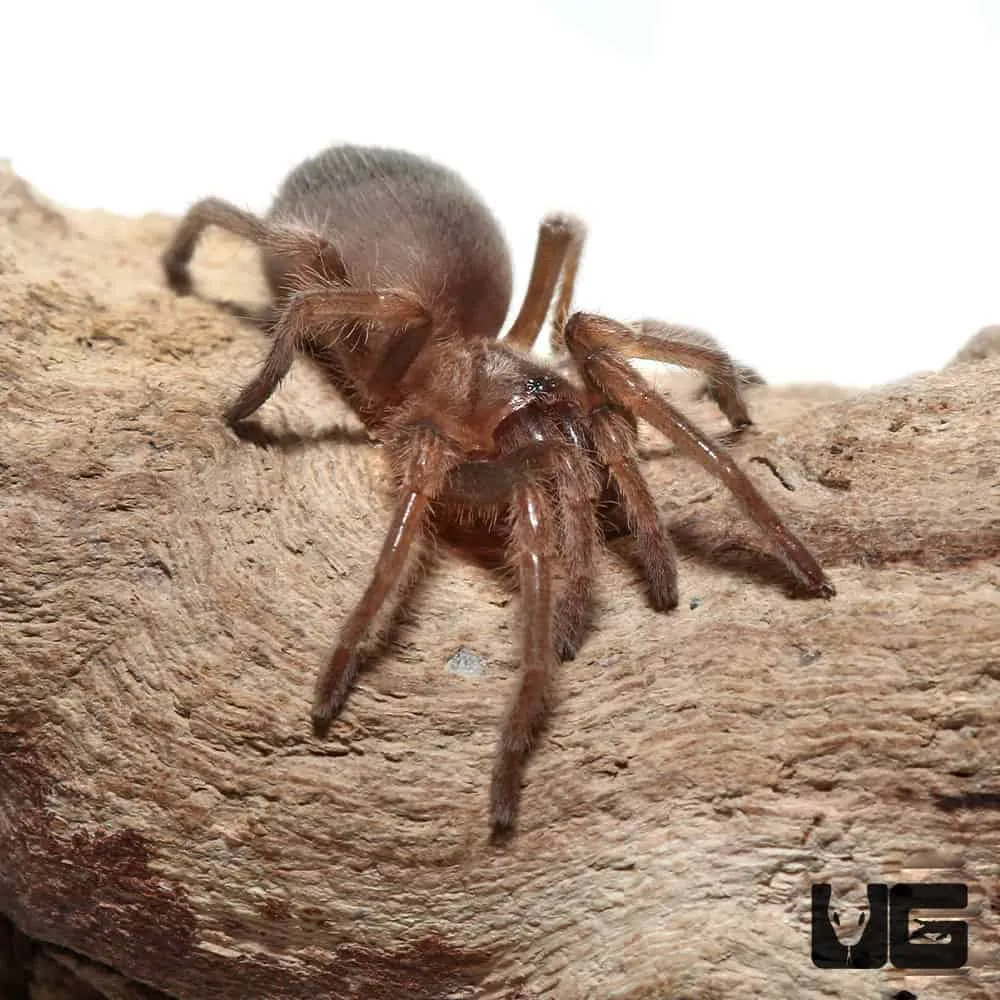
Artificial hides, such as commercially available tarantula hides or even overturned plastic pots, can also be used. These are often easier to clean and sanitize than natural hides. They come in various shapes and sizes, allowing you to customize the enclosure to your preferences. When choosing artificial hides, make sure they are safe for the tarantula, with no sharp edges or small openings where the tarantula could get trapped. Consider the aesthetic appeal and choose hides that complement the overall design of the enclosure. The easy maintenance and variety of choices make artificial hides a good option, particularly for beginners.
Importance of Water Dish and Hydration
Providing a clean water dish is essential for ensuring the tarantula stays hydrated. The water dish should be shallow enough to prevent the tarantula from drowning, yet large enough for it to easily drink from. Tap water can often be used, but it’s important to ensure that it’s free of chlorine and chloramine, which can be harmful to tarantulas. Purified or bottled water is a safer alternative. Place the water dish in a convenient location within the enclosure and regularly check it to ensure it’s clean and filled with fresh water. Dehydration can be a serious threat, and adequate hydration is vital for the health and survival of the tarantula.
Maintaining Proper Humidity and Temperature
Maintaining the proper humidity and temperature levels is crucial for the health of your Mexican Red Knee Tarantula. These factors influence the tarantula’s molting process, activity levels, and overall well-being. Both the temperature and humidity must be monitored and adjusted. The correct levels will promote healthy behaviors, while incorrect levels can cause stress, molting problems, and even health issues. Using tools such as hygrometers and thermometers, and understanding the specific needs of the tarantula, are critical for ensuring a thriving environment.
Monitoring Humidity Levels
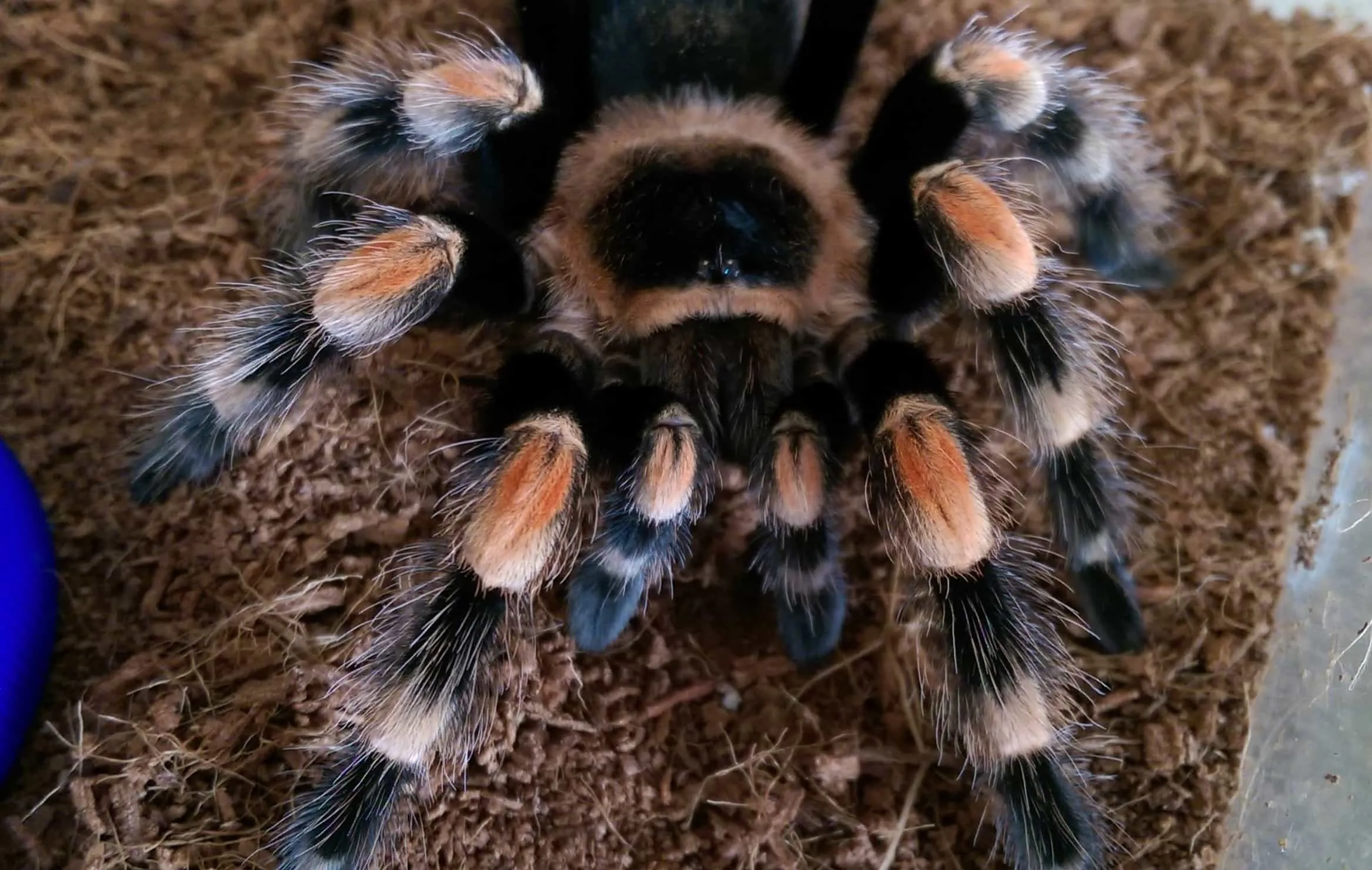
Humidity levels are critical, as they affect the tarantula’s ability to molt properly. Too little humidity can lead to failed molts, while too much can lead to mold growth. The ideal humidity range for a Mexican Red Knee Tarantula is typically between 60-70%. To monitor humidity, use a hygrometer, which measures the amount of moisture in the air. The hygrometer should be placed inside the enclosure, and readings should be taken regularly. To maintain the proper humidity, mist the enclosure with water as needed, focusing on one side of the enclosure to prevent the entire substrate from becoming waterlogged. Ensure adequate ventilation to prevent excessive humidity build-up and mold growth. Regularly monitoring and adjusting humidity is essential for ensuring the health of the tarantula.
Maintaining Temperature
Temperature is another essential factor to manage. Mexican Red Knee Tarantulas thrive in temperatures between 75-85°F (24-29°C). Use a thermometer to monitor the temperature within the enclosure. The enclosure should not be placed near direct sunlight or heat sources that could cause the temperature to fluctuate significantly. If the enclosure is too cold, you can use a heat mat or a low-wattage heat lamp to provide supplemental heat. Always ensure that the heat source is regulated by a thermostat to prevent overheating, which can be fatal to the tarantula. Regular monitoring and adjustments are important to create an ideal temperature for the tarantula.
Lighting and Heating Considerations
Lighting and heating play important roles in the enclosure. Although Mexican Red Knee Tarantulas don’t require special lighting for their health, a light source can be beneficial for viewing and observing your pet. Avoid using lights that generate excessive heat or UV radiation, as these can be detrimental. The use of a low-wattage incandescent or LED bulb is generally acceptable, especially if the enclosure is placed in a dimly lit room. Ensure the light source is not directly accessible to the tarantula to prevent burns. When using a heat source, like a heat mat or ceramic heat emitter, always use a thermostat to regulate the temperature and prevent overheating. The correct setup will create an inviting and comfortable environment for your pet.
Placement of the Enclosure
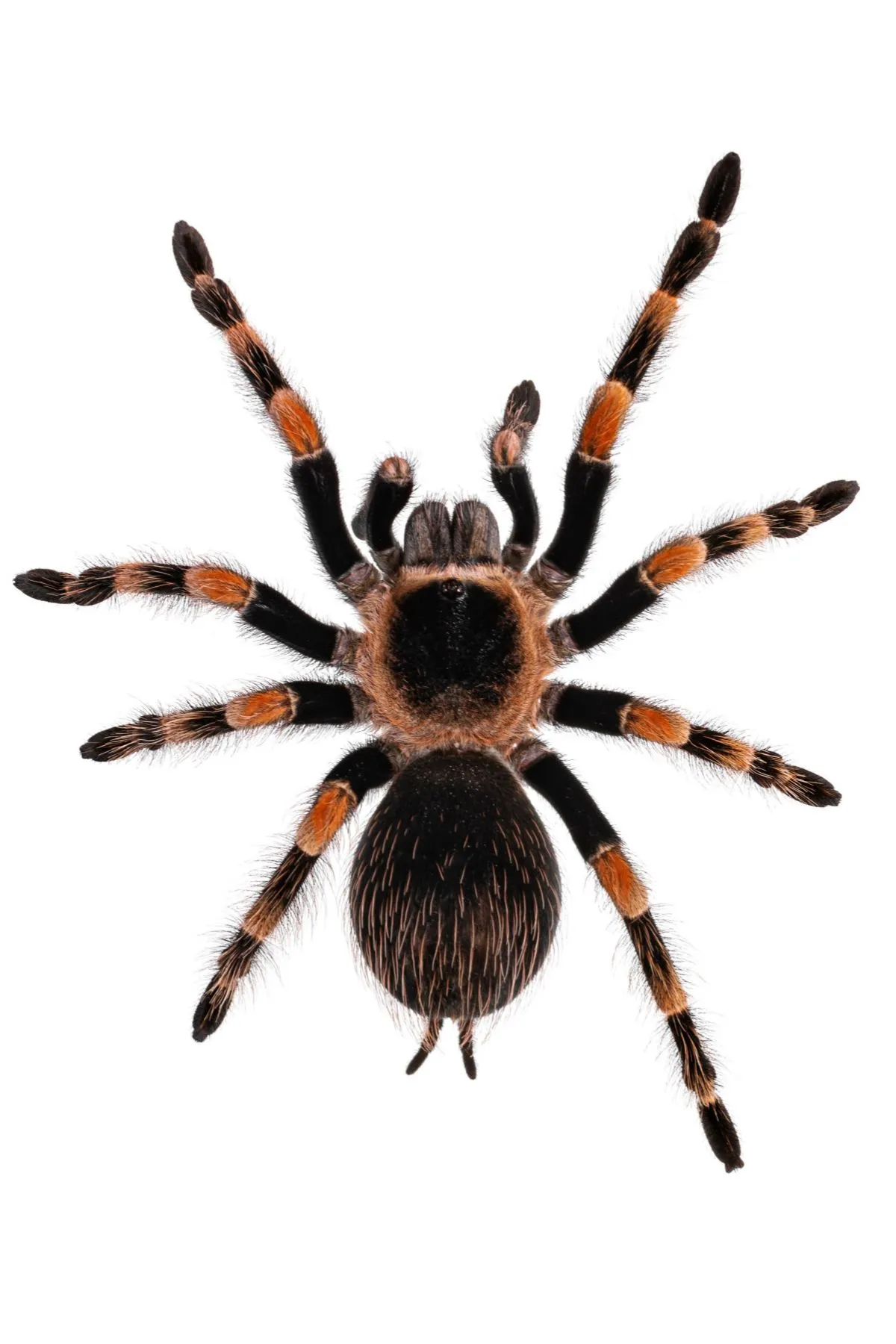
The placement of the enclosure is also a crucial consideration. The enclosure should be placed in a location that is stable, away from direct sunlight, drafts, and loud noises. Direct sunlight can cause the enclosure to overheat, while drafts can lead to temperature fluctuations and stress the tarantula. Avoid placing the enclosure near windows or doors, where temperature changes are more likely to occur. Ensure that the location is also accessible for regular cleaning and maintenance. Consider the environmental factors and choose a stable and secure spot. This will ensure a comfortable and stress-free environment for your tarantula.
Essential Enclosure Maintenance
Regular maintenance is crucial for the health and well-being of your Mexican Red Knee Tarantula. This includes regular cleaning, substrate replacement, and monitoring of environmental conditions. A clean enclosure reduces the risk of disease and provides a healthier environment for your pet. Neglecting enclosure maintenance can lead to a build-up of waste products, which can be detrimental to the tarantula’s health. The maintenance should be performed regularly, ensuring a comfortable and hygienic environment. Proper maintenance is directly related to the tarantula’s health and life expectancy.
Regular Cleaning
Regular cleaning of the enclosure is vital to maintain a healthy environment. Spot-clean the enclosure at least once a week, removing any uneaten food, feces, and shed exoskeletons. A full cleaning should be performed every 1-3 months, depending on the size of the enclosure and the amount of waste produced. During a full cleaning, remove the tarantula to a safe container, discard the old substrate, and thoroughly clean the enclosure with a reptile-safe disinfectant. Rinse the enclosure thoroughly to remove all traces of the disinfectant before adding fresh substrate and returning the tarantula. Regular cleaning ensures the enclosure remains hygienic and prevents the build-up of harmful bacteria or mold.
Dealing with Mold and Mildew
Mold and mildew can be a serious issue in tarantula enclosures, particularly in environments with high humidity and poor ventilation. If you notice mold or mildew, it’s important to address the problem promptly. Remove the affected substrate immediately and clean the enclosure with a reptile-safe disinfectant. Ensure that the enclosure has proper ventilation to prevent the recurrence of mold. Reducing the humidity level can also help to prevent mold growth. If the problem persists, consider adjusting the ventilation system or changing the substrate type. Promptly addressing mold and mildew is essential to protect the tarantula’s health. Regular observation and appropriate action are key to keeping the enclosure healthy and safe.
